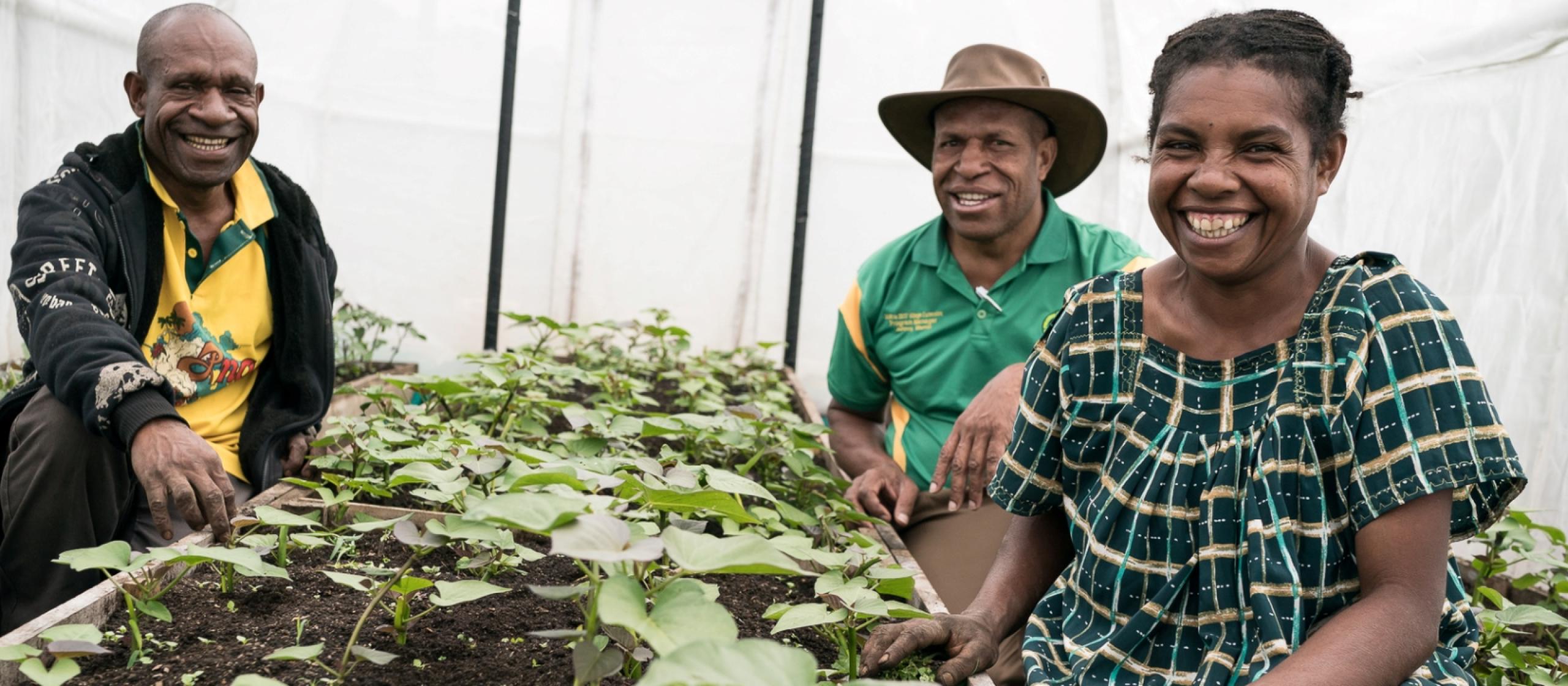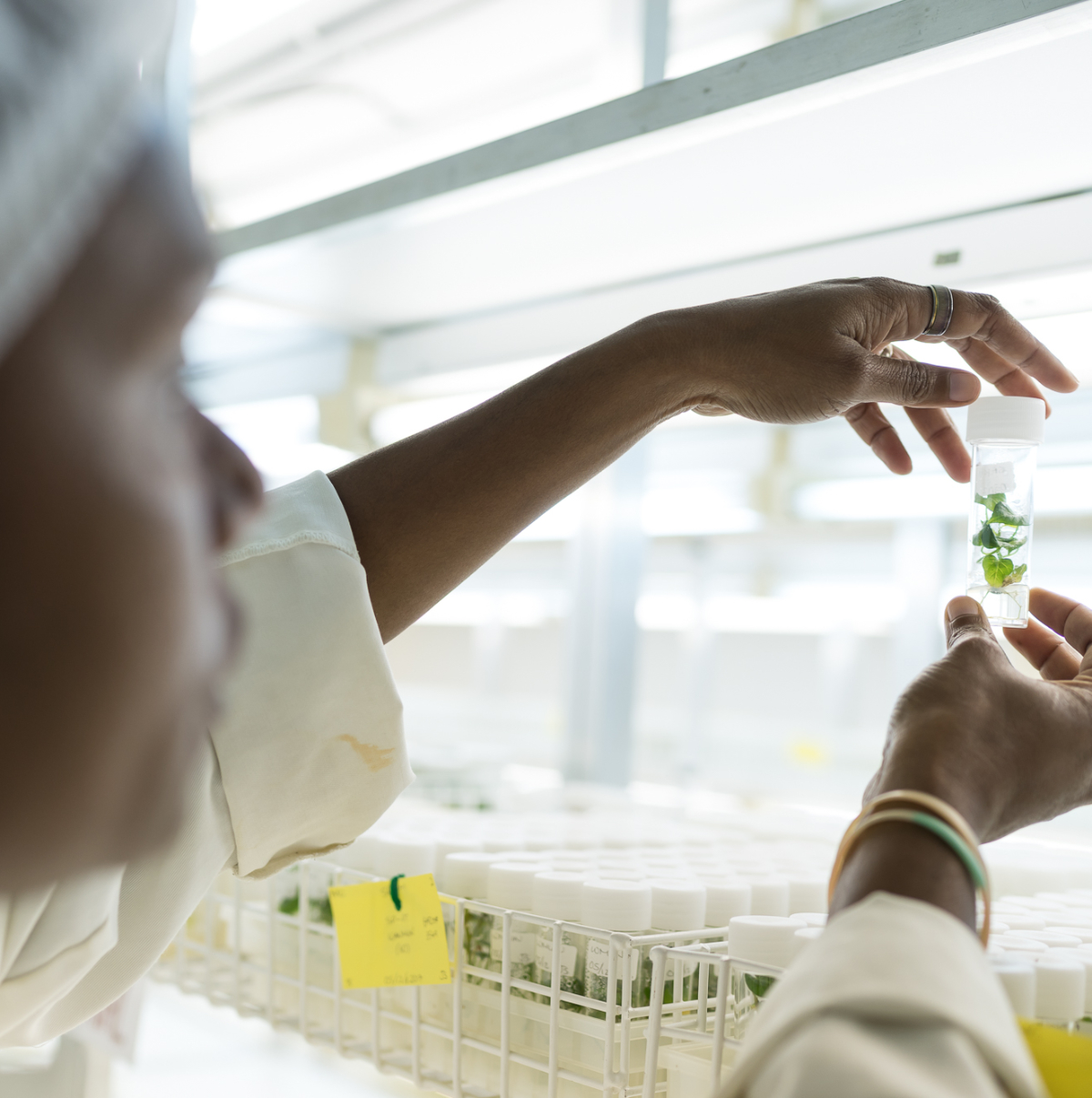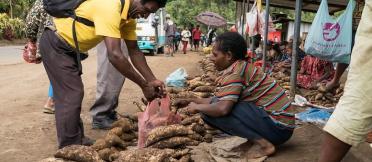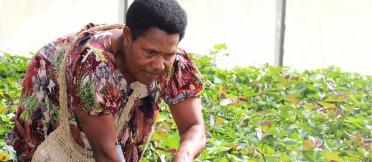This encouraging transition begins with clean virus-free planting material, or ‘klin kaukau’ as it is known locally, combined with an emerging entrepreneurial spirit among farming families in the country’s traditional sweetpotato growing regions.
With higher yields, smallholders are moving from subsistence farming into semi-commercial and commercial enterprises.
As well as having more sweetpotatoes to sell, the new, clean crops are better tasting than those produced from old planting material and are therefore in higher demand from consumers. New business opportunities have also opened to supply clean planting materials, to aggregate local harvests, and to value-add with semi-processed products such as sweetpotato flour.
These are among the outcomes that are continuing to develop following a 5-year ACIAR-supported project on commercial sweetpotato production and marketing in the PNG highlands (HORT/2014/097).






